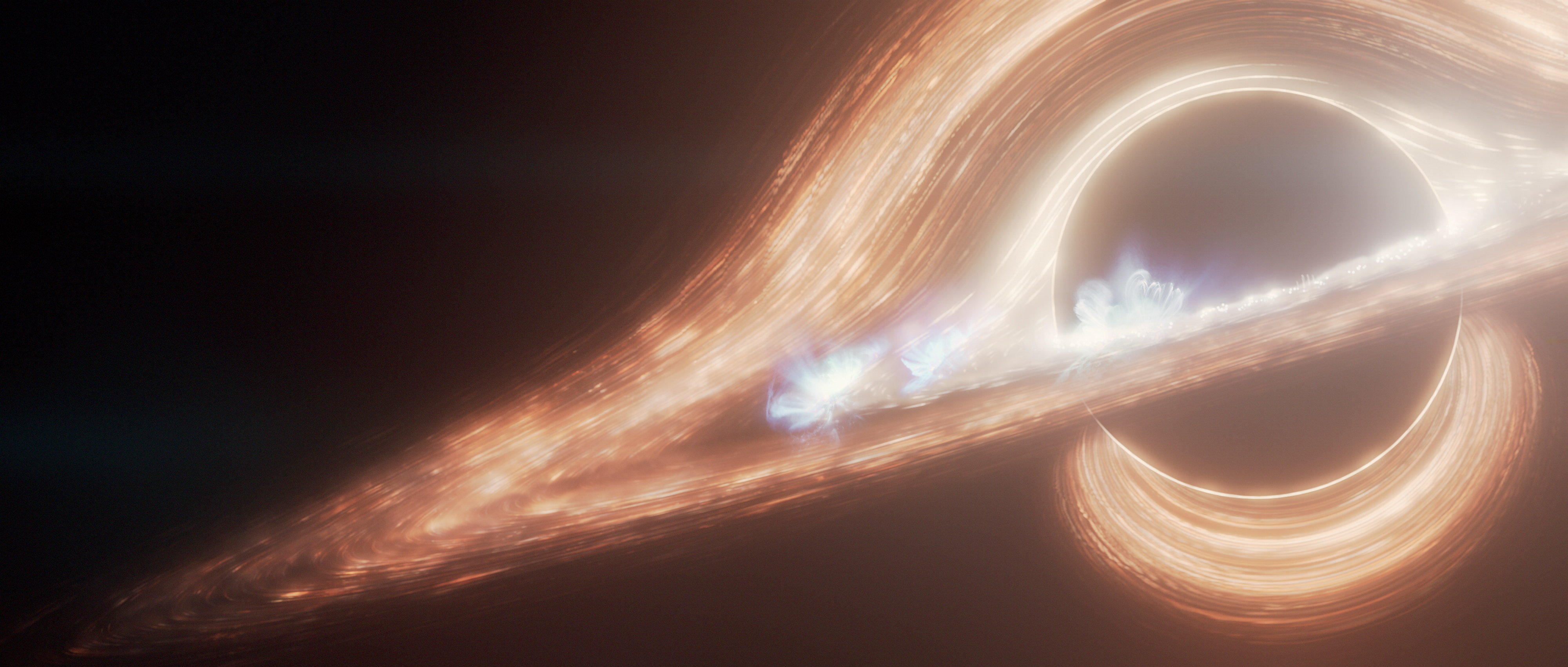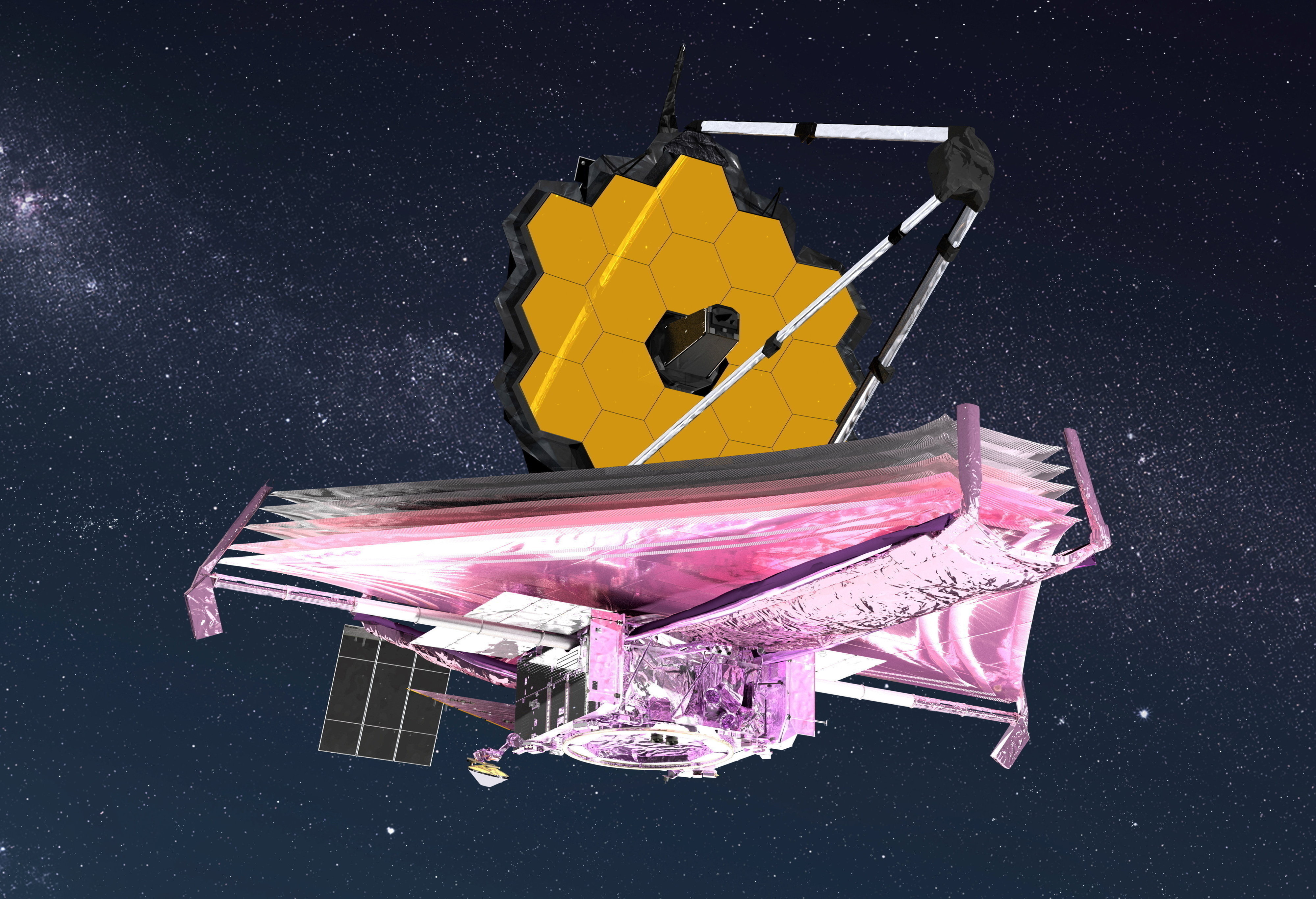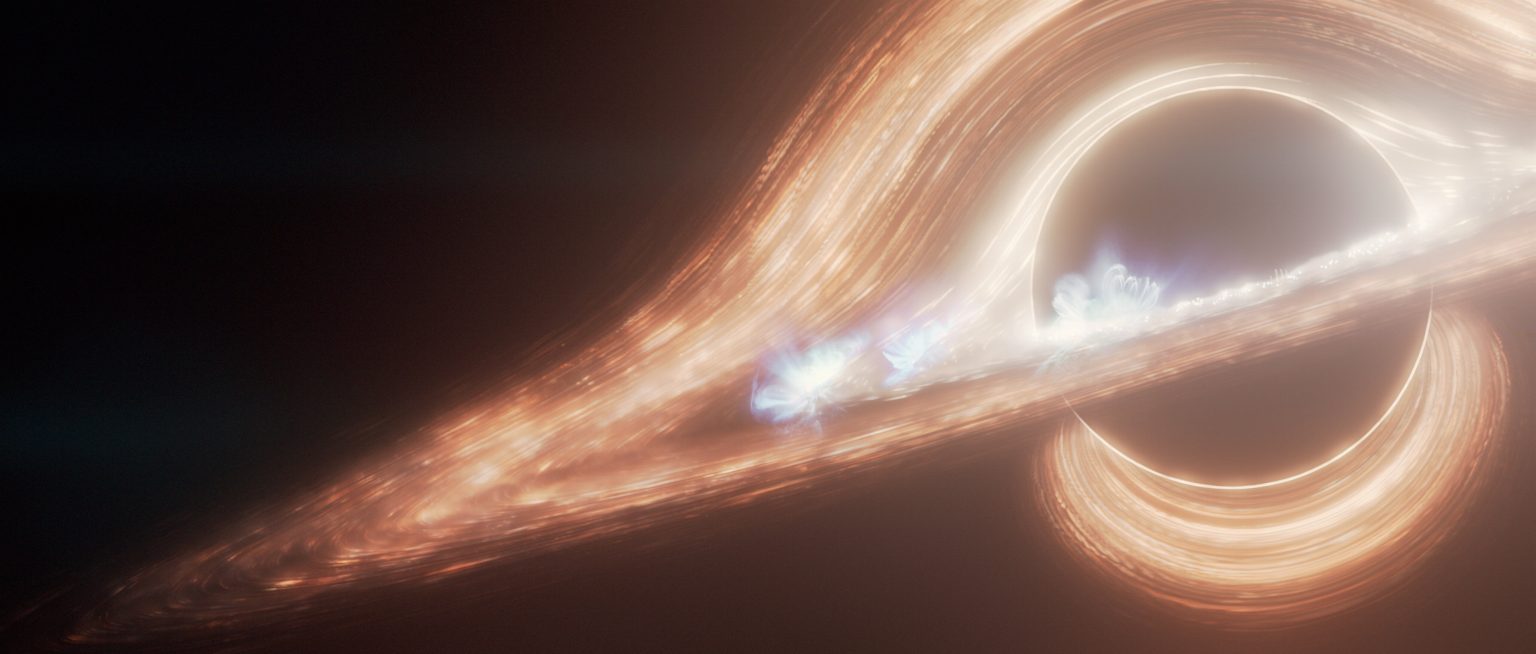Space scientists say the supermassive black hole at the center of the Milky Way appears to be having “a party.”
A team of astrophysicists has gained the longest, most detailed glimpse yet of the “void” that lurks in the middle of our galaxy.
Using NASA’s James Webb Space Telescope, they have revealed the cosmic shindig appears “complete with a disco ball-style light show.”
NASA Webb Mission Team said: “They found that the swirling disk of gas and dust (or accretion disk) orbiting the central supermassive black hole, called Sagittarius A*, is emitting a constant stream of flares with no periods of rest.
“The level of activity occurs over a wide range of time — from short interludes to long stretches. While some flares are faint flickers, lasting mere seconds, other flares are blindingly bright eruptions, which spew daily. There also are even fainter changes that surge over months.”
The new findings could help physicists better understand the fundamental nature of black holes, how they get fed from their surrounding environments, and the dynamics and evolution of our own galaxy.
Farhad Yusef-Zadeh of Northwestern University in Illinois, who led the study, said: “In our data, we saw constantly changing, bubbling brightness. And then boom! A big burst of brightness suddenly popped up. Then, it calmed down again.
“We couldn’t find a pattern in this activity. It appears to be random. The activity profile of this black hole was new and exciting every time that we looked at it.”
The study is published in the 18 February issue of The Astrophysical Journal Letters.





